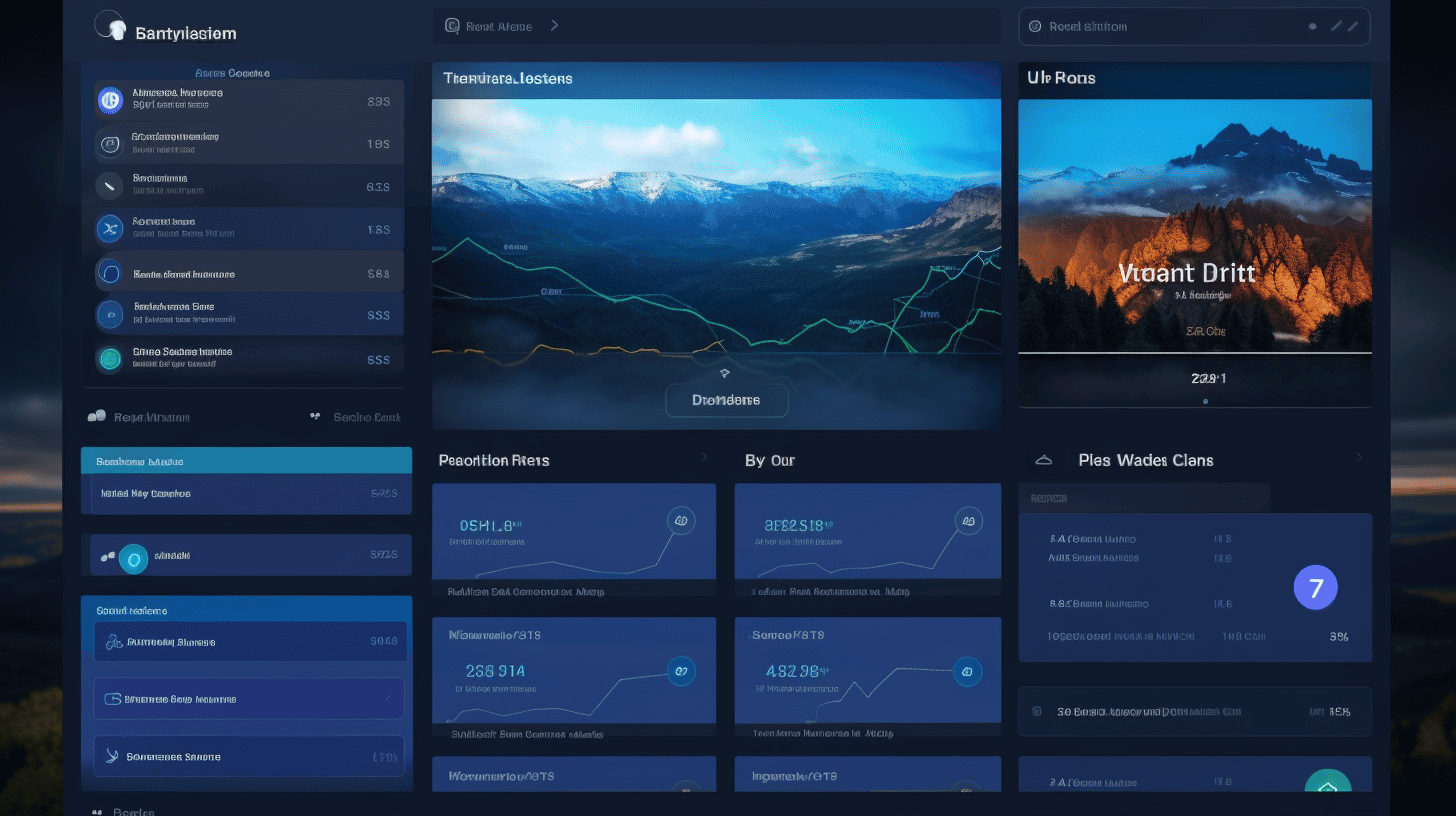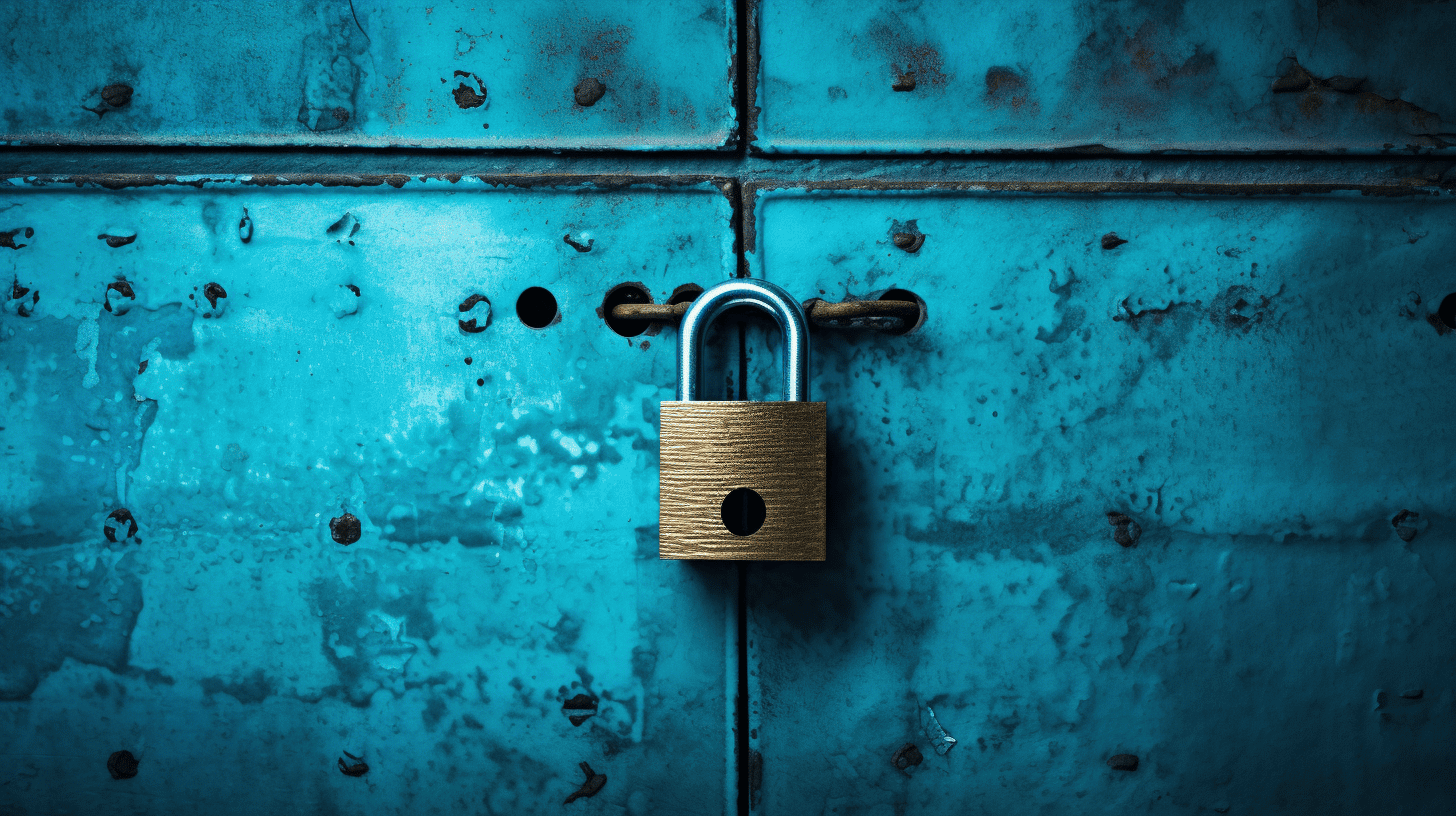在當今數位時代,擁有一個安全的網站至關重要。無論您經營的是個人部落格還是蓬勃發展的電子商務商店,保護您的 WordPress 網站免受潛在威脅對於確保您的資料安全和使用者的隱私至關重要。隨著網路攻擊變得越來越複雜,採取主動措施增強 WordPress 網站安全性比以往任何時候都更加重要。
💡 您知道嗎,WordPress 為網路上超過 35% 的網站提供支援?它的受歡迎程度使其成為駭客和惡意行為者的有吸引力的目標。
在本文中,我們將探討 10 個重要技巧,幫助您加強 WordPress 網站的安全性。從保持 WordPress 核心、主題和外掛程式更新到實施強密碼和啟用雙重認證,這些措施將有助於保護您的網站並讓您安心。
首先,讓我們深入了解 WordPress 安全的重要性以及您應該注意的漏洞。
WordPress 安全的重要性
介紹:
在當今的數位環境中,安全至關重要。由於網路威脅無所不在,因此優先考慮網站的安全性至關重要,尤其是在使用 WordPress 的情況下。作為全球最受歡迎的內容管理系統 (CMS),WordPress 是駭客和惡意行為者最喜歡的目標。因此,採取主動措施保護您的 WordPress 網站不僅是建議,而且是必不可少的。
WordPress 安全統計:
為了真正理解 WordPress 安全的重要性,讓我們來看看一些令人大開眼界的統計數據:
- 光是 2023 年,WordPress 資料庫中就報告了 4,528 個確認的安全漏洞[1].
- WordPress 在 CMS 市場佔據主導地位,所有使用 WordPress 的網站中 45.8%[2].
- 2022 年,WordPress 核心軟體中發現了 23 個漏洞[1].
- 過時的外掛程式是導致 WordPress 漏洞報告數量高達 92% 的原因[1].
這些數字凸顯了與 WordPress 相關的安全風險的嚴重性。忽視安全措施可能會導致您的網站容易受到駭客攻擊、資料洩露,並可能損害您的線上聲譽。
常見的安全漏洞:
WordPress 安全的世界非常廣闊,但有些漏洞比其他漏洞更為普遍。以下是一些需要注意的常見安全弱點:
- 弱密碼: 使用容易猜到或常用的密碼會帶來很大的安全風險。無論是「password123」還是您的寵物的名字,弱密碼都會讓駭客更容易未經授權存取您的 WordPress 網站。
- 過時的主題和外掛: WordPress 流行的關鍵方面是其大量的主題和外掛程式。然而,如果不定期更新,您的網站可能會面臨安全漏洞。開發人員經常發布更新來解決錯誤、修復安全漏洞和修補漏洞。如果忽略更新,您的網站將容易受到攻擊。
- 使用者權限不足: 授予使用者過多的權限可能會危及 WordPress 網站的安全性。確保每個使用者都具有其角色所需的適當存取等級至關重要。這有助於防止對您網站的核心文件和敏感資料進行未經授權的修改。
- 缺乏備份系統: 想像一下,有一天醒來發現你的網站被駭客入侵了,所有資料都消失了。如果沒有可靠的備份系統,恢復您的網站可能會是一場噩夢。定期備份是一種安全網,可讓您在發生安全事件時將網站還原到先前的版本。
請記住,保護您的 WordPress 網站需要結合預防措施、持續監控和主動維護。透過保護您的網站,您可以保護您的業務、您的客戶和您的線上聲譽。
要了解有關建立安全 WordPress 網站的更多信息,請查看我們的綜合指南 在这里,。領先威脅一步,確保您的線上安全。
“採取主動措施優先考慮 WordPress 網站的安全性不僅是建議,而且是必不可少的。”
WordPress 網站的 10 個基本安全措施
在當今的數位環境中,確保您的 WordPress 網站的安全至關重要。隨著網路威脅變得越來越複雜,實施強大的安全措施來保護您寶貴的資料並維護使用者的信任至關重要。以下是每個 WordPress 網站所有者都應實施的 10 項基本安全措施:
保持 WordPress、主題和外掛程式更新
定期更新您的 WordPress 核心、主題和外掛是維護網站安全的關鍵。開發人員頻繁發布更新來解決安全漏洞和錯誤。透過更新您的 WordPress 網站,您可以確保安裝了最新的安全補丁,從而降低被駭客利用的風險。
使用信譽良好的安全插件
安裝信譽良好的安全性外掛程式是增強 WordPress 網站安全性的有效方法。這些外掛程式提供了廣泛的安全功能,包括惡意軟體掃描、防火牆保護和暴力攻擊預防。您可以考慮的兩個流行的安全性外掛程式是 Wordfence 和 Sucuri,它們都以強大的保護功能和易用性而聞名。
啟用雙重認證
若要為您的 WordPress 登入流程新增額外的安全性,請啟用雙重認證 (2FA)。使用 2FA,使用者除了需要提供使用者名稱和密碼之外,還需要提供額外的身份驗證因素,例如發送到他們的行動裝置或電子郵件的驗證碼。這有助於防止未經授權的訪問,即使有人設法取得登入憑證。
限制登入嘗試
駭客常用的一種方法是暴力攻擊,他們會嘗試多種使用者名稱和密碼組合,直到獲得您網站的存取權限。透過限制允許的失敗登入嘗試次數,您可以有效地阻止此類攻擊。諸如「限制登入嘗試次數」之類的 WordPress 外掛程式可以幫助您強制執行登入限制並阻止可疑 IP 位址。
使用強密碼
使用強密碼是一項基本但經常被忽視的安全措施。弱密碼會使駭客更容易未經授權存取您的 WordPress 管理區域。鼓勵使用者建立包含大寫和小寫字母、數字和特殊字元組合的強密碼。考慮使用密碼管理器來產生並安全地儲存複雜的密碼。
更改預設 WordPress 登入 URL
預設情況下,WordPress 登入頁面可透過 domain.com/wp-admin 或 domain.com/wp-login.php 訪問,這使其成為攻擊者的容易目標。更改預設登入 URL 可以使他們更難找到登入頁面並降低遭受暴力攻擊的風險。諸如 WPS Hide Login 之類的 WordPress 外掛程式可讓您將登入 URL 自訂為獨特且難以預測的內容。
管理使用者角色和存取級別
正確管理使用者角色和存取等級對於維護 WordPress 網站的安全至關重要。確保每個使用者根據其職責分配適當的角色並限制對敏感區域的存取。定期檢查使用者權限並刪除任何不必要的帳戶或權限。這有助於最大限度地降低惡意行為者採取未經授權行動的風險。
定期進行軟體更新和備份
除了保持 WordPress 核心、主題和外掛程式更新之外,定期備份也應該成為您安全策略的一部分。備份您的網站可確保在發生安全漏洞或其他問題時您擁有最新的資料副本。選擇可靠的備份解決方案並安排定期備份,並將其安全地儲存在單獨的伺服器或雲端儲存中。
刪除“不安全”警告
由於對 HTTPS 和網站安全的重視,使用 SSL 憑證保護您的 WordPress 網站至關重要。這可確保您的用戶和您的網站之間傳輸的資料是加密且安全的。透過安裝 SSL 證書,您可以刪除使用者透過 HTTP 造訪您的網站時看到的「不安全」警告。
WordPress 核心、主題和外掛的自動更新
啟用 WordPress 核心、主題和外掛的自動更新是無需人工幹預即可確保網站安全的有效方法。它確保您始終運行最新版本,包括安全性修補程式。但是,啟用自動更新時要小心謹慎,尤其是對您網站的功能至關重要的外掛程式和主題。在將更新部署到您的即時網站之前,請定期在開發環境中測試更新。
透過遵循這 10 項基本安全措施,您可以大大增強 WordPress 網站的安全性並保護其免受潛在威脅。實施這些措施將有助於保護您的數據,增強用戶信心,並維護您的線上形象的完整性。
結論
總之,在當今的數位環境中,優先考慮 WordPress 網站的安全性至關重要。透過實施本文概述的 10 項基本安全措施,您可以大幅增強您網站的保護並防範潛在威脅。
請記住,保持您的 WordPress 安裝、主題和外掛程式為最新版本、使用信譽良好的安全外掛程式、啟用雙重認證以及限制登入嘗試次數只是強化您的網站可以採取的幾個步驟。
此外,透過使用強密碼、更改預設的 WordPress 登入 URL、管理使用者角色和存取等級、執行定期軟體更新和備份以及刪除「不安全」警告,您可以進一步增強網站的安全態勢。
為了讓安全更加方便,請考慮利用 Managed-WP 平台。 Managed-WP 提供優質的 WordPress 雲端託管服務、專家支援和主動監控,簡化了基礎設施並讓您可以自由地專注於提供卓越的數位體驗。
因此,立即採取行動,增強您的 WordPress 網站安全性,確保您的企業在線上安全穩定。
常見問題解答
- 為什麼網站安全對 WordPress 網站如此重要?
網站安全性對於 WordPress 網站至關重要,因為它有助於保護敏感資訊、防止資料外洩、維護用戶信任、提高搜尋引擎排名,並保護您的網站免受惡意軟體和駭客攻擊。
- WordPress 網站有哪些基本的安全提示?
以下是增強 WordPress 網站安全性的 10 個基本技巧:1. 保持 WordPress 核心、主題和外掛程式更新;2. 對所有使用者帳戶使用強大且獨特的密碼;3. 限制登入嘗試次數並實施雙重認證;4. 安裝信譽良好的安全性插件,如 Wordfence 或 Sucuri;5. wp Web 應用程式設定 7.地;8. 使用 SSL 加密來保護資料傳輸;9. 刪除未使用的主題和外掛程式;10. 定期監控您的網站是否有可疑活動。
- 什麼是 Web 應用程式防火牆 (WAF)?
Web 應用程式防火牆 (WAF) 是一種安全措施,用於過濾和監控網站傳入和傳出的 HTTP 流量。它可作為您的網站和潛在威脅之間的屏障,可協助偵測和阻止惡意流量、SQL 注入、跨網站腳本 (XSS) 攻擊和其他常見的安全漏洞。
- 我可以完全依賴外掛程式來確保 WordPress 網站的安全嗎?
雖然 Wordfence 或 Sucuri 等安全性外掛程式對於 WordPress 網站安全至關重要,但僅依靠外掛程式是不夠的。遵循安全最佳實務非常重要,例如使用強密碼、保持網站更新、定期備份以及監控網站是否有任何可疑活動。
- 如果我的 WordPress 網站遭到駭客攻擊,我該怎麼辦?
如果您的 WordPress 網站遭到駭客攻擊,請立即採取行動,隔離並刪除受感染的檔案或外掛程式。更改所有密碼,包括您的 WordPress 管理員和 FTP 憑證。從乾淨的備份還原您的網站並掃描是否有任何漏洞。此外,考慮聘請專業人員進行安全審計並實施額外的安全措施,以防止未來的攻擊。



















